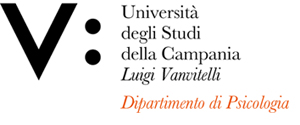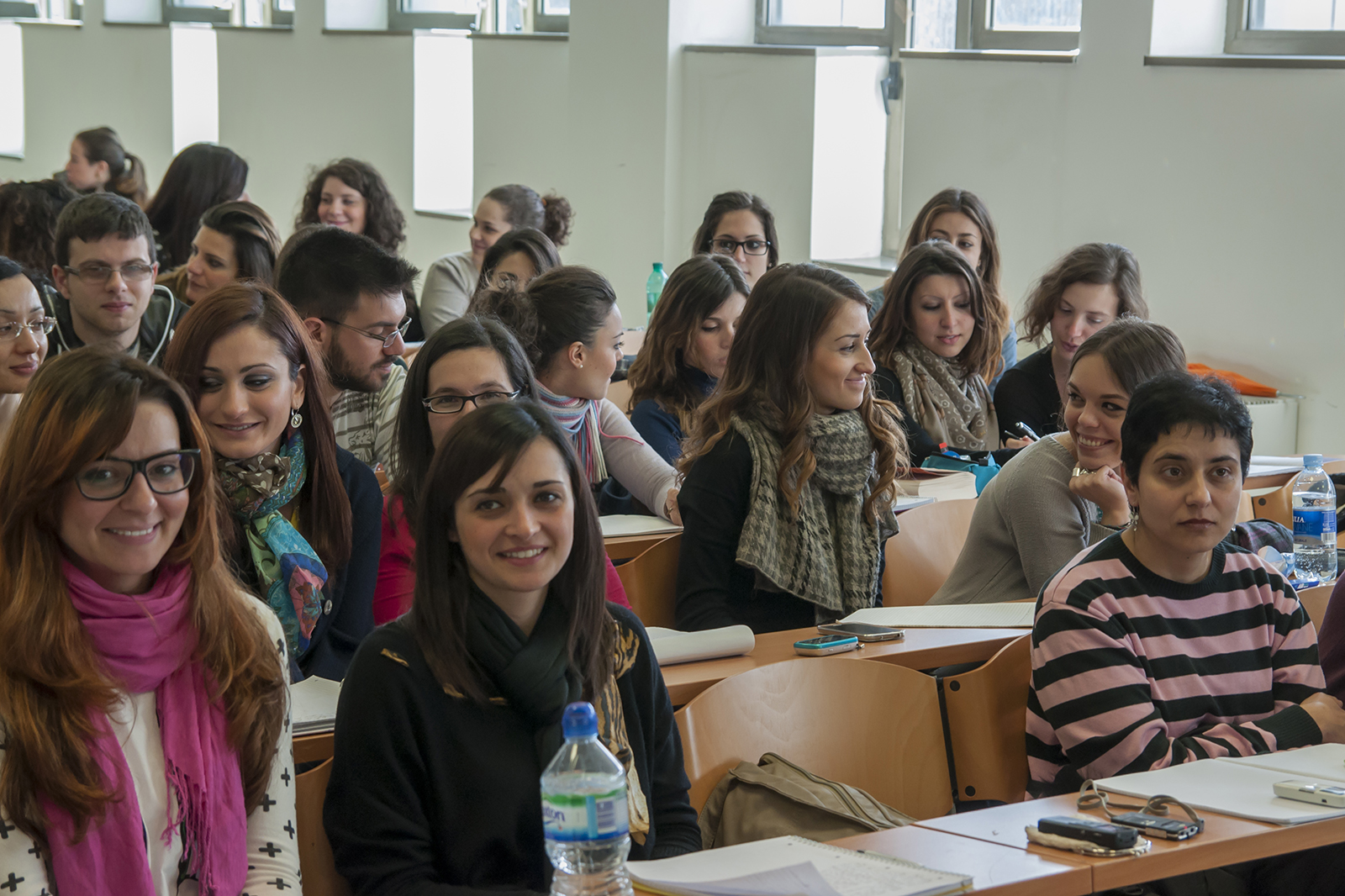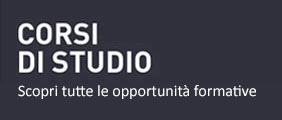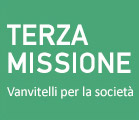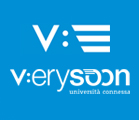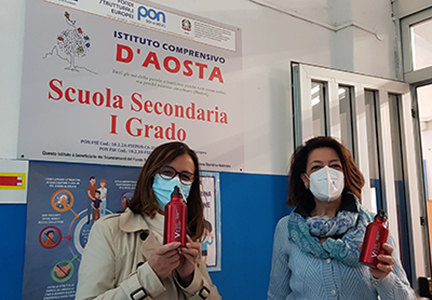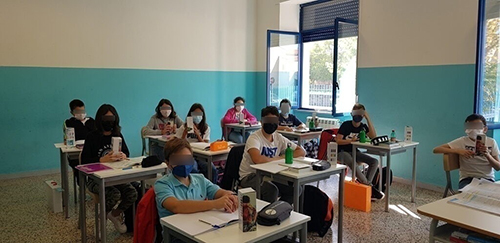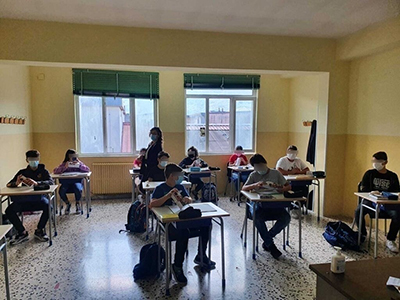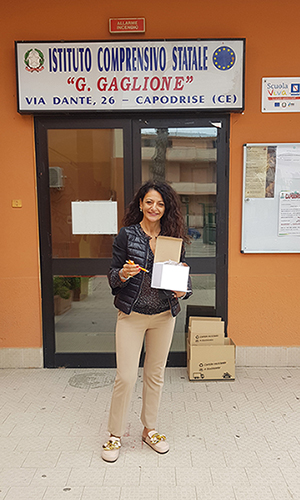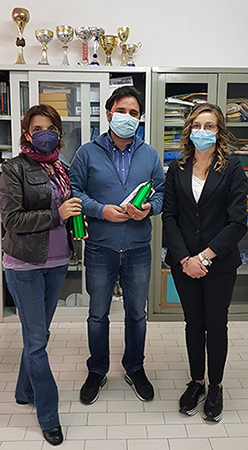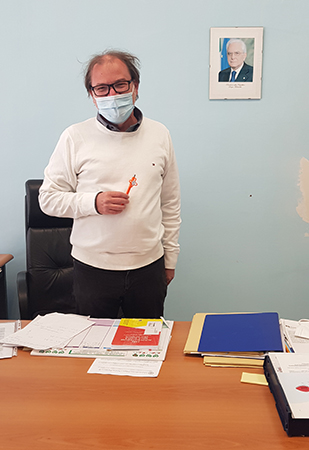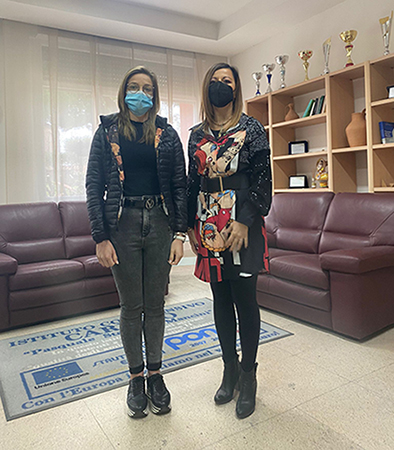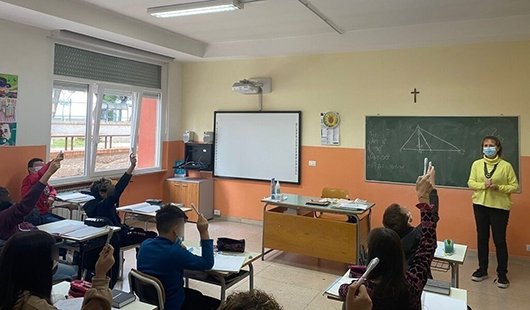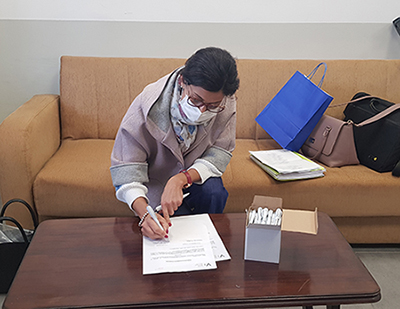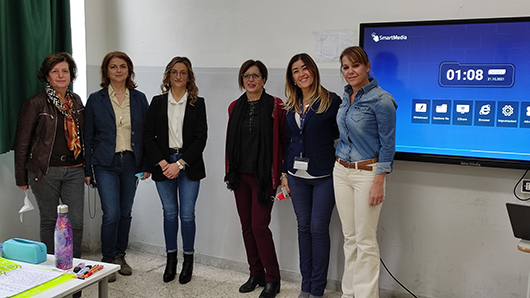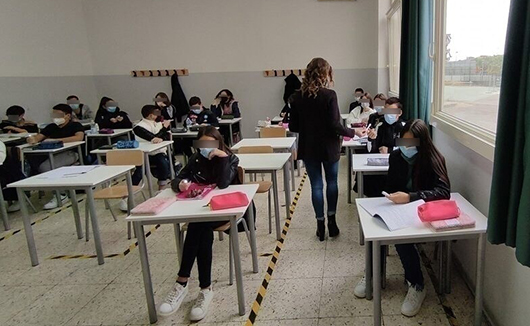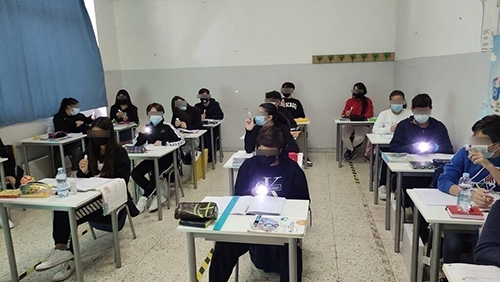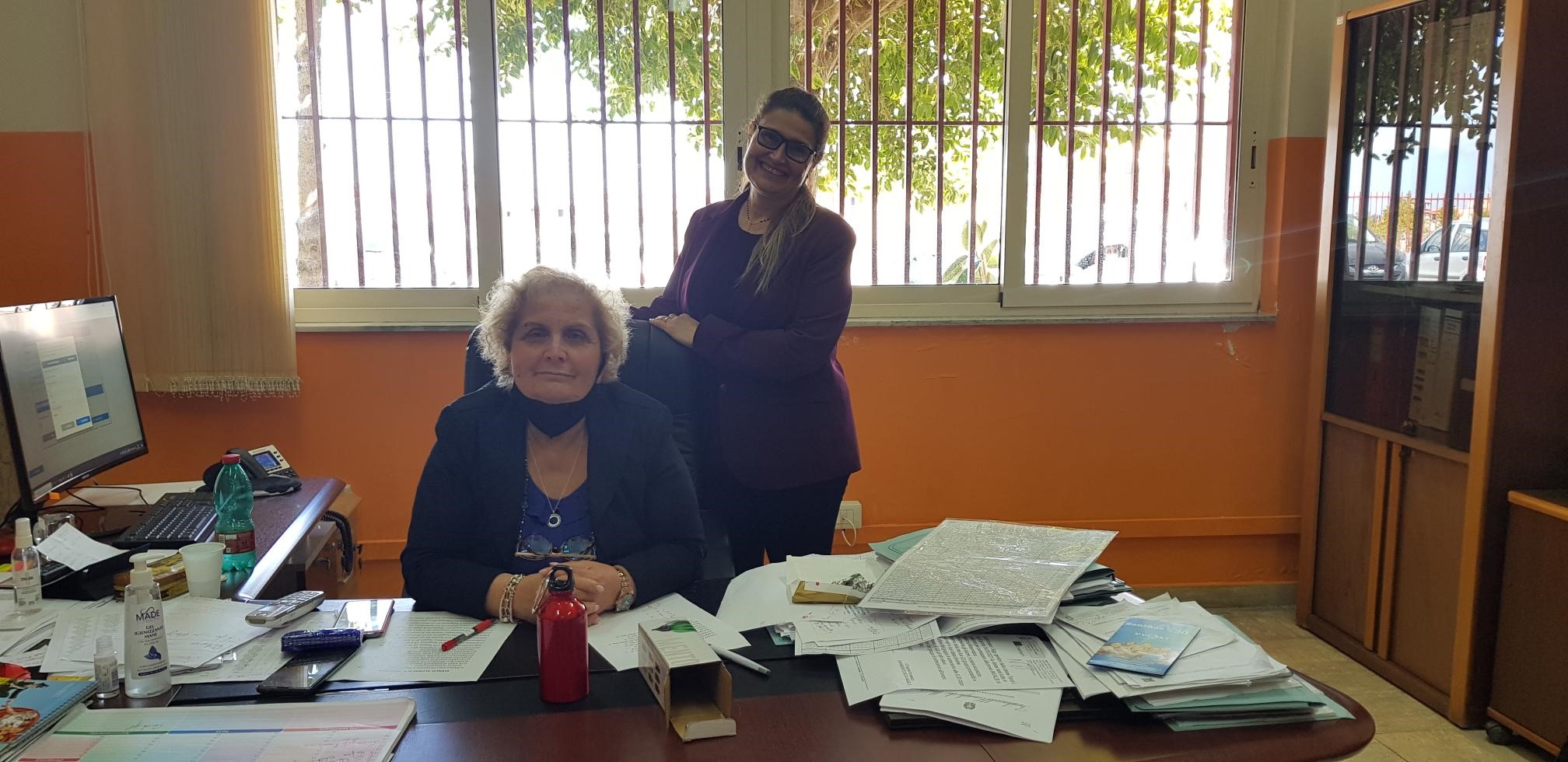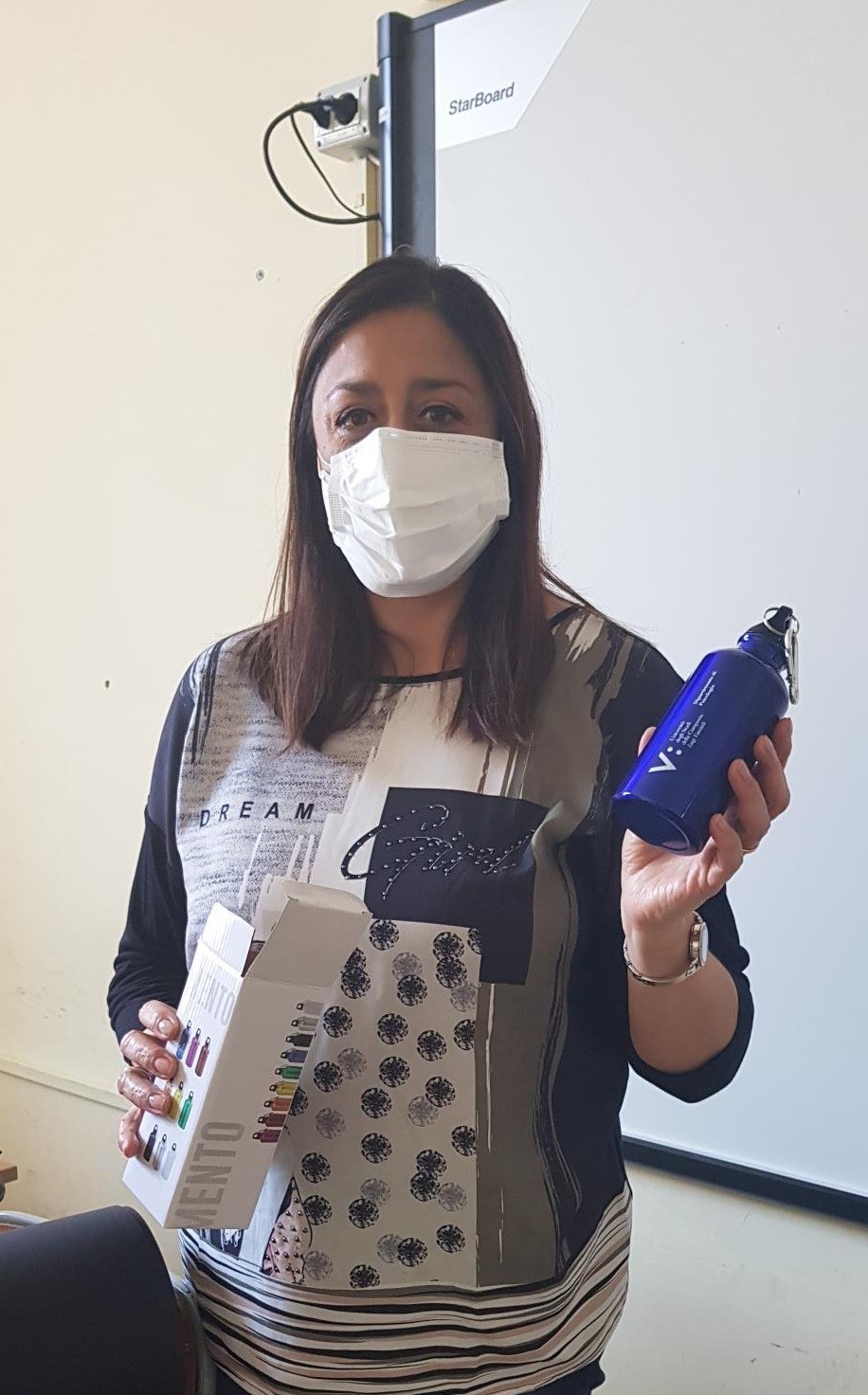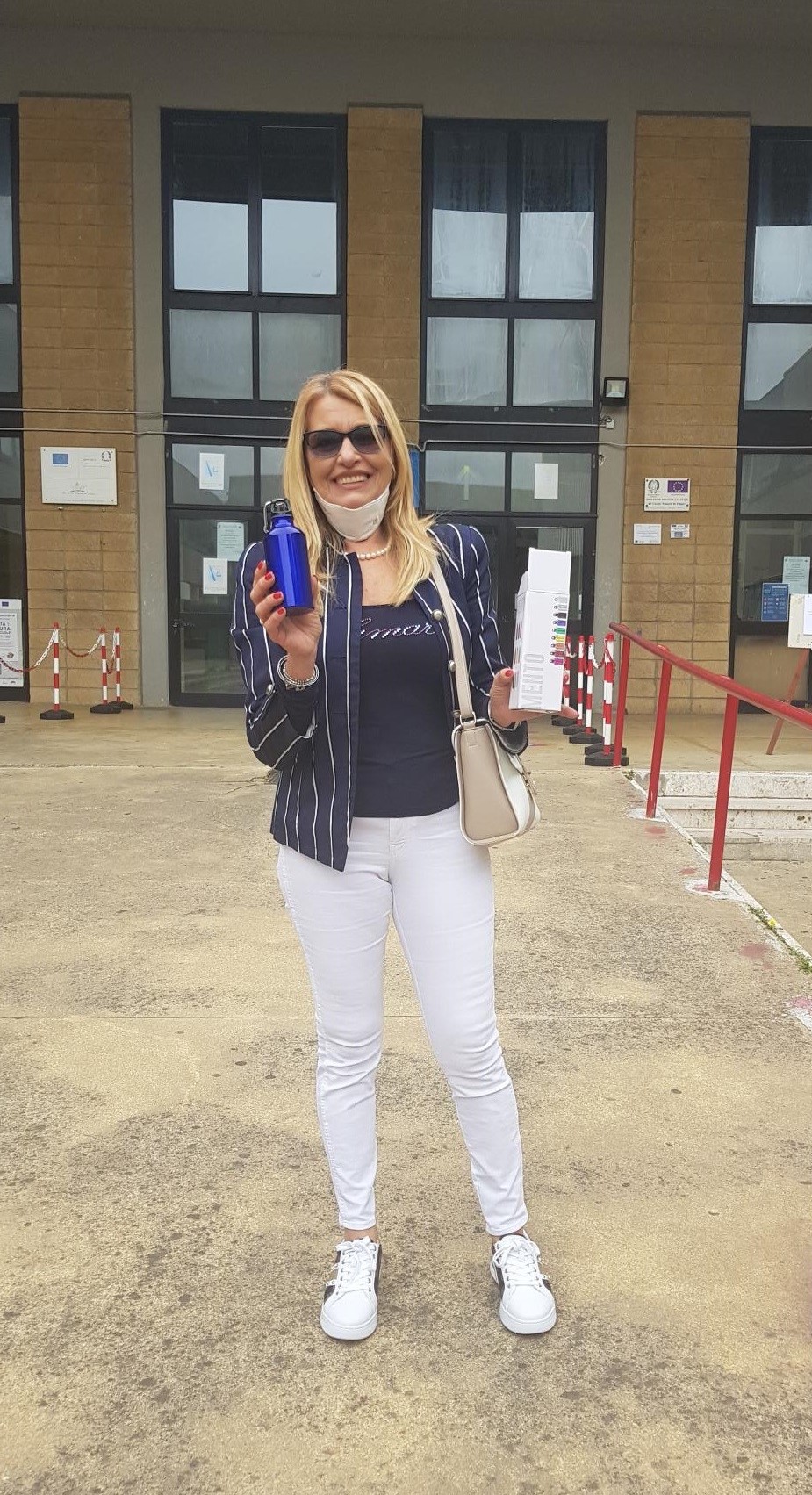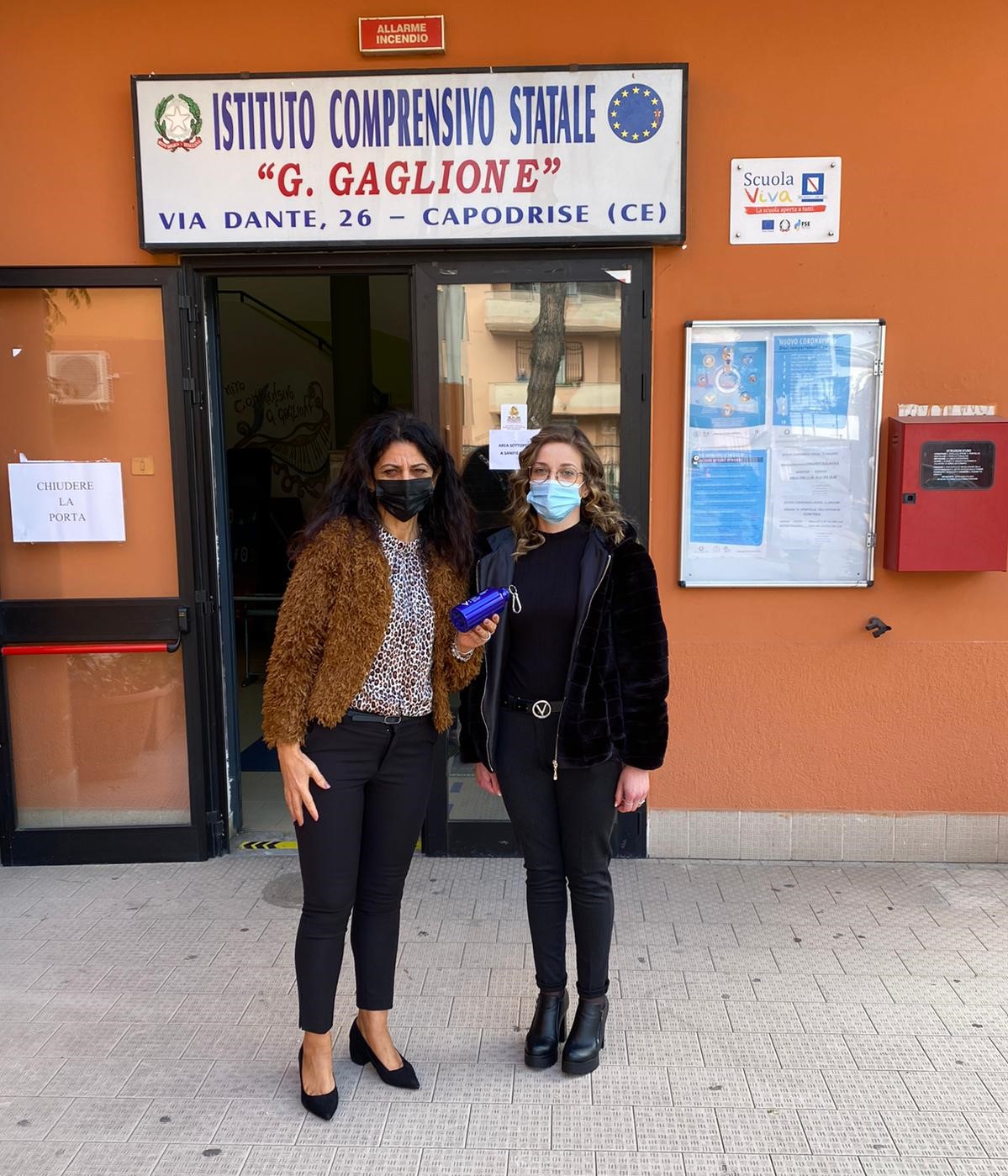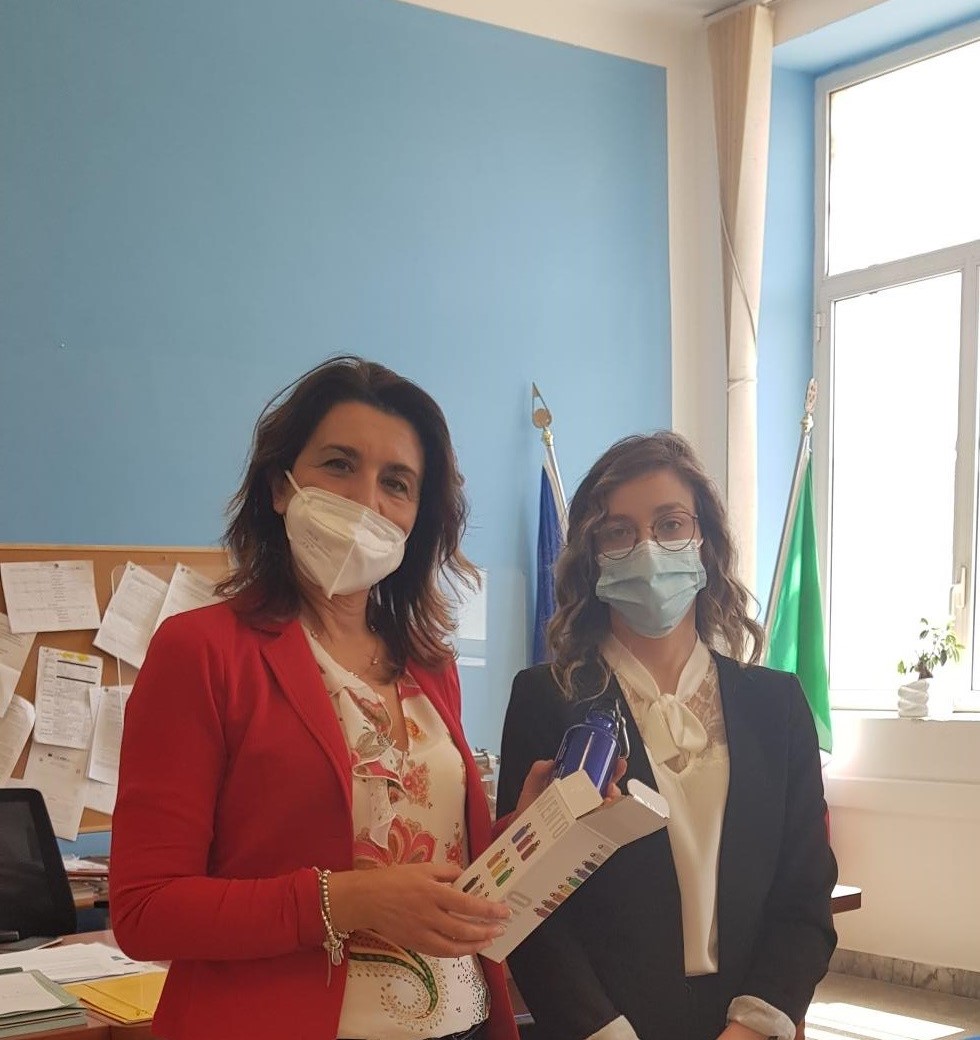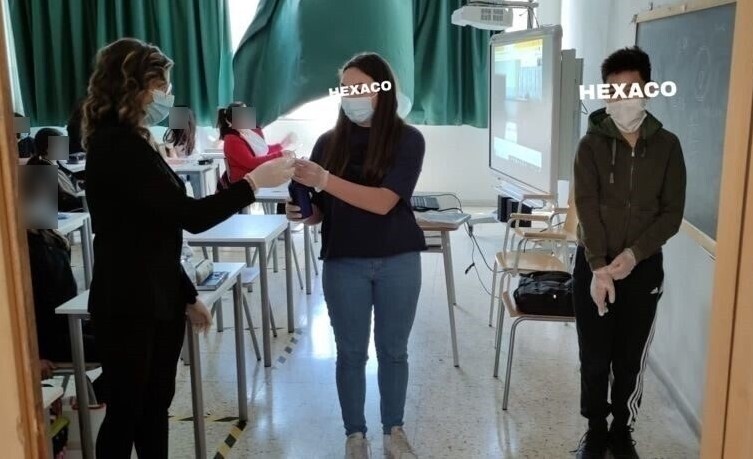PUBBLICAZIONI DEI MEMBRI DEL GRUPPO RILEVANTI PER IL PROGETTO
Articoli con il modello HEXACO:
Ashton, M.C., Lee, K., De Vries. R.E., Perugini, M., Gnisci, A., & Sergi, I. (2006). The HEXACO model of personality structure and indigenous lexical personality dimensions in Italian, Dutch, and English. Journal of Research on Personality, 40, 851-875.
Ashton, M.C., Perugini, M., De Vries, R.E., ...Di Blas, L., De Raad, B. (2004). A Six-Factor Structure of Personality-Descriptive Adjectives: Solutions from Psycholexical Studies in Seven Languages. Journal of Personality and Social Psychology, 86(2), pp. 356-366.
Sergi, I., Gnisci, A., Senese, P. & Perugini, M. (2019). The HEXACO-Medium School Inventory (MSI): A personality inventory for children and adolescents. European Journal of Personality Assessment, 1-13.
Thielmann, I. et al. (2019). The HEXACO-100 across 16 languages: A large sale test of measurement invariance. Journal of Personality Assessment, 11, 1-13.
Mottola, F., Sergi, I., Senese, V. P., Gnisci, A., & Perugini, M. (2020). Does Observer HEXACO-MSI Personality Traits Predict Academic Performance Beyond the Self-Report Ones? A study on children and adolescents. In 2020 11th IEEE International Conference on Cognitive Infocommunications (CogInfoCom) (pp. 000161-000166). IEEE.
Selezione di alcuni nostri lavori sulla personalità e sulla costruzione di strumenti di misura della personalità:
Abbamonte, L., Petillo, O. (2015) English for the Sciences of the Mind and the Brain. Neuroscience/s, Cognitive, Linguistic and Social Studies. Santarcangelo di Romagna: Maggioli Editore (Apogeo Education), pp. 270.
Baranski, E., Sweeny, K., Gardiner, G., Members of the International Situations Project, Funder, D. C. (2020, in press). International Optimism: Correlates and Consequences of Dispositional Optimism across 61 Countries. Journal of Personality.
Baumert, A., Schmitt, M., Perugini, M. (2019) Towards an explanatory personality psychology: Integrating personality structure, personality process, and personality development. Personality and Individual Differences, 147, pp. 18-27.
Casini, E., Preti, E., Sergi, I., Gnisci, A., & Richetin, J. (2018). Predictive validity of the three-factor model of impulsivity factors for risky behaviors. Journal of Personality Assessment, 21, 1-9.
Costantini, G., Perugini, M. (2016). The network of conscientiousness. Journal of Research in Personality, 2016, 65, pp. 68-88.
Costantini, G., Perugini, M. (2018). A Framework for Testing Causality in Personality Research. European Journal of Personality, 32(3), pp. 254-268.
Laconi, S., Kaliszewska-Czeremska, K., Gnisci, A., Sergi, I., Barke, A., Jeromin, F., Groth, J., Gamez-Guadix, M., Ozcan, N.K., Demetrovics, Z., Király, O., Siomos, K., Floros, G., & Kuss, D.J. (2018). Cross-cultural study of problematic Internet use in nine European countries. Computers in Human Behavior, 84, 430-440.
Laconi, S., Kaliszewska-Czeremska, K., Kuss, D.J., Gnisci, A., Sergi, I., Barke, A., Jeromin, F., Groth, J., Gamez-Guadix, M., Ozcan, N.K., Siomos, K. & Floros, G., Urbán, R., Demetrovics, Z., & Király, O. (2019). Psychometric evaluation of the nine-item Problematic Internet Use Questionnaire (PIUQ-9) in nine European samples of Internet users. Frontiers in Psychiatry, 10, 1-13.
Lee, D. I., Gardiner, G., Baranski, E., Members of the International Situations Project, Funder, D. C. (2020). Situational Experience around the World: A Replication and Extension in 62 Countries. Journal of Personality.
Marcone, R., Affuso, G., Borrone, A. (2020). Parenting Styles and Children’s Internalizing-Externalizing Behavior: The Mediating Role of Behavioral Regulation. Current Psychology, 39, 13-24. Published on-line: 2017.
Marcone, R., Borrone, A., Caputo, A. (2018). Peer Interaction and Social Competence in Childhood and Early Adolescence: The Affects of Parental Behavior. Journal of Family Studies.
Sariyska, R., Lachmann, B., Reuter, M., Bey, K., Sha, P., Li, M., Chen, Y-F., Liu, W-Y.,Zhu, Y-K., Li, C-B., Suárez-Rivillas, A., Feldmann, M., Hellmann, M., Keiper, J., Markett, S., Young, K.S., Cheng, C., Gnisci, A., Kaliszewska-Czeremska, K.,Laconi, S., Zhong, S., Toraman, D. & Montag, C. (2016). Internet use: Personality and motivation behind using the Internet, and cross-cultural specifics. Journal of Behavioral Addictions, 5, 39.
Senese V.P., Pascale, A., Maffei, L., Cioffi, F., Sergi, I., Gnisci, A., & Masullo, M. (2020) The Influence of Personality Traits on the Measure of Restorativeness in an Urban Park: A Multisensory Immersive Virtual Reality Study. In: Esposito A., Faundez-Zanuy M., Morabito F., Pasero E. (eds) Neural Approaches to Dynamics of Signal Exchanges. Smart Innovation, Systems and Technologies, vol 151. Springer, Singapore.
Sergi, I., Pace, A., Gnisci, A., Sarno, M., & Raucci, A.M. (2016). Internet dependence in high school students. In S. Bassis, A. Esposito, F.C. Morabito, E. Pasero (Eds.). Advances in Neural Networks, Smart Innovation, Systems and Technologies (cap. 26). Berlin: Springer.
Spagnoli, P., Farnese, M.L., D’Olimpio, F., Millefiorini, Kovalchuk, L.S. (2017) Psychometric properties of the Italian version of Colquitt’s Organizational Justice Scale (OJS), in “International Journal of Organizational Analysis”, 2017, Vol. 25 Issue: 5, pp.861-874.




